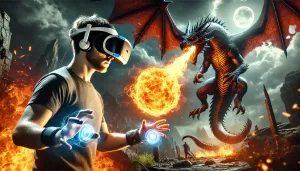Abstract: 80 to 95 percent of all new product launches fail (Dillon, 2011; Copernicus Marketing, Consulting, and Research, 2013). However, businesses can increase the chances of a successful product launch by better understanding consumer preferences and wants. Research done by McKinsey and Company shows that “more than 80 percent of top performers periodically tested and validated customer preferences during the development process, compared to 43 percent of bottom performers” (Gordon et al., 2010). With most purchasing decisions being made at the point of purchase, packaging is the last opportunity for businesses to influence the consumers decision to purchase their product. Packaging evaluation research helps businesses accomplish this goal by assessing packaging design, developing an understanding of the consumer’s perception of the packaged product, and identifying key factors of package design that are underperforming.
Biometric devices such as eye tracking, galvanic skin response (GSR), and electroencephalography (EEG), are popular methods that are often used in the packaging industry to quantitatively evaluate the effectiveness of packaging design. However, with the exception of eye tracking, applications for these instruments are limited when it comes too dynamic testing in a shopping environment.
Facial expression analysis is another method that has traditionally been limited to static testing environments due to limitations in technology and a lack of methodology developments. This research solves that problem by creating dynamic testing methods that allow for researchers to evaluate packaging design using facial expression analysis in shopping environments.
This thesis outlines the step-by-step process of developing dynamic packaging evaluation research methods using facial expression analysis as an analytical tool. The researchers show how to develop the necessary equipment, create a package performance shelf study, integrate software to combine facial expression analysis and eye tracking, and how to statistically analyze and draw conclusions. An example of a shelf performance study is executed that future researchers can use as a reference to develop their own studies using facial expression analysis as a dynamic testing method.











